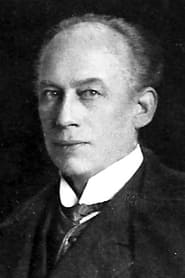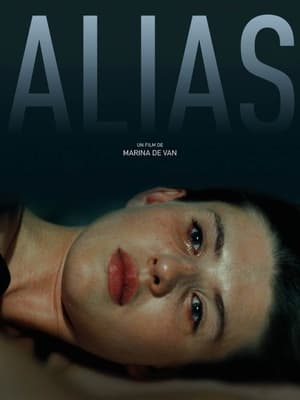

Svengali(1914)
Based on the novel Trilby by George du Maurier. A girl named Trilby meets Svengali, a musician and hypnotist, who claims he can turn her into a talented singer via hypnosis.
Movie: Svengali
Top 2 Billed Cast
Trilby

Svengali
HomePage
Overview
Based on the novel Trilby by George du Maurier. A girl named Trilby meets Svengali, a musician and hypnotist, who claims he can turn her into a talented singer via hypnosis.
Release Date
1914-05-01
Average
0
Rating:
0.0 startsTagline
Genres
Languages:
No LanguageKeywords
Similar Movies
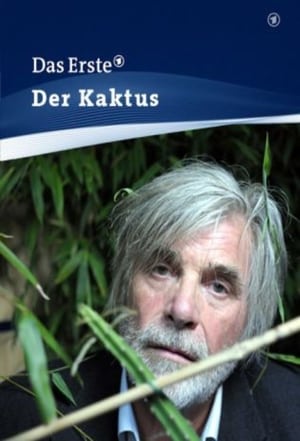 0.0
0.0Der Kaktus(de)
After more than 20 years, the marriage of Bevon consultant Thea and car mechanic Rainer has been worn down by years of routine. Thea lacks appreciation from her family and no longer has access to her teenage daughter Janina. Her husband Rainer is still mourning his missed chance of a career as a rock star and is hopelessly at odds with his son Patrick. When Heinrich Bittner, a supposedly close friend of Thea's deceased father, suddenly moves in with the Cronpichels, Thea enjoys his presence and begins to see her life with new eyes. But is the charming and mysterious Heinrich really who he claims to be?
Honeymoon(en)
Eric and Louise's honeymoon is disrupted by a stranger who claims he will perform a miracle. Meanwhile, Eric's brother and best friend are both experiencing trouble with their own relationships and want to warn him about challenges of marriage.
 6.9
6.9Love Under the Crucifix(ja)
The basic story in Love under the Crucifix is about Ogin, daughter of a tea master, who are both Christians in feudal Japan. Ogin falls in love with a feudal prince, also a Christian who is already married, and that creates problems. Further, when the Shogun bans Christianity, the situation worsens.
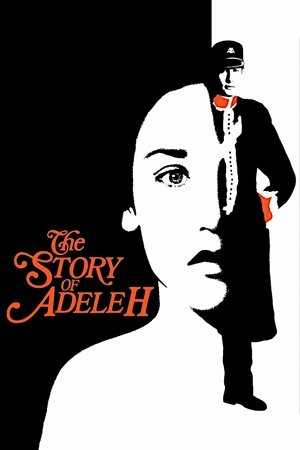 6.9
6.9The Story of Adele H.(fr)
Adèle Hugo, daughter of renowned French writer Victor Hugo, falls in love with British soldier Albert Pinson while living in exile off the coast of England. Though he spurns her affections, she follows him to Nova Scotia and takes on the alias of Adèle Lewly. Albert continues to reject her, but she remains obsessive in her quest to win him over.
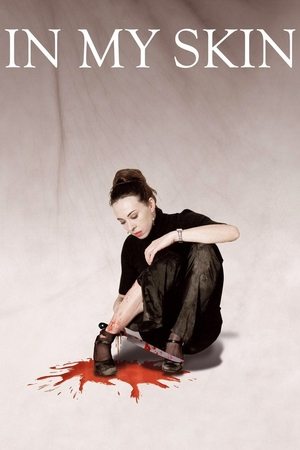 6.1
6.1In My Skin(fr)
Esther's life is panning out nicely. She will soon move in with her boyfriend Vincent and she seems set to get a permanent position at the public relations company where she freelances. All would be fine if Esther didn't accidentally discover a piercing curiosity about her own body.
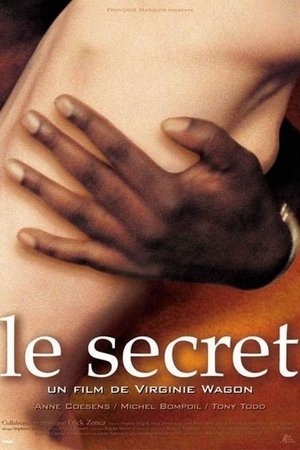 7.2
7.2The Secret(fr)
Marie, who works as a successful door-to-door encyclopedia salesperson, has been married to her husband Francois for 12 years and has a two-year-old son. Though she is relatively content with her life, she feels something is wanting. Enter 50-year old African-American Bill. Initially she is annoyed by his insouciance, but she finds that she is irresistibly attracted to him. Soon the two are in the midst of sordid illicit affair. She knows little about her new lover, and he seems uninterested in learning about her, but the long sessions of lovemaking are something else entirely. Feeling out of control, Marie is increasingly repelled by her own actions. Psychologically, she struggles to reconcile her torrid encounters with Bill and mundane domestic chores such as bathing her son. Moreover, she finds herself incapable of hiding her adulterous behavior, rather she comes home with scratches and hickeys all over her body, to the devastation Francois.
The Old Settler(en)
The Old Settler is the story of two middle-aged sisters, Elizabeth and Quilly, who share an apartment in Harlem in 1943. The sisters quarrel amiably, but they share a wounded history that becomes revealed as the tale unfolds. An earnest but unworldly young man named Husband travels up from the South to board with the sisters while he searches for his beloved Lou Bessie, who left their small town a few years back to find a new life. Husband would like to bring Lou Bessie back home, but she's enamored with the excitement of the city, and her plans are more complicated. In time, Elizabeth and Husband begin a courtship that may or may not overcome their considerable age difference, while Quilly reacts disapprovingly.
 5.7
5.7Quantum Love(fr)
Pierre has been happily married for fifteen years and a good father. Still in love with his wife, he enjoys his wife and family and is content. One evening, he meets Elsa at a party and are immediately attracted to each other. Fifteen days later, they happen to meet again and the mutual attraction turns into infatuation. But his love for his wife and Elsa's rule about not dating married men prevents them from taking the next step. Instead, they fantasize about each other, and soon the fantasies mingle with the reality.
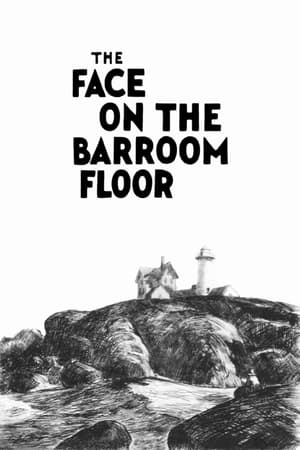 5.0
5.0The Face on the Barroom Floor(en)
As a derelict paints the face of a girl on a barroom floor, the plot is developed in a series of flashbacks: Robert Stevens, an artist engaged to marry Marion, a society girl, becomes charmed with a fisherman's daughter who poses for him. The society girl's brother brings dishonor upon the fisherman's daughter, and when she commits suicide the artist shields the brother. Stevens is blamed by his fiancée, who terminates their engagement. The artist becomes a derelict and is wrongfully imprisoned. Eventually Stevens is exonerated and reunited with Marion.
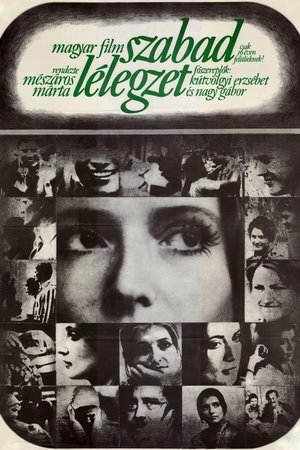 6.2
6.2Riddance(hu)
Jutka, a young woman who works in a factory, falls in love with Andras, a university student. She pretends to be a student, to him and to his parents, and begins to live a lie. Finally she rebels against Andras and his demands and the social conventions that forced her to live a lie.
 5.0
5.0The Shoe(lv)
The late 1950s. Every night, Soviet tractors comb the coast of Latvia looking for signs of anyone who could have infiltrated the Soviet border from the sea. One morning, three Soviet patrolmen discover a woman’s shoe in the sand and footsteps leading to the quaint little village of Liepaja.
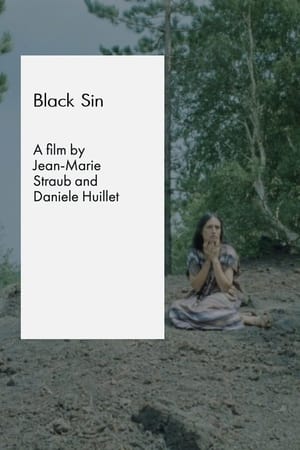 4.3
4.3Black Sin(de)
A companion piece to the earlier film ‘The Death of Empedocles’, 'Black Sin' is an adaptation of the third version of Friedrich Hölderlin’s play ‘Der Tod Des Empedokles’.
 5.0
5.0Poem of the Sea(ru)
A Soviet dam project means that many old Ukrainian villages will end up under water. There are conflicts between the dam engineers and villagers who don't want to move.
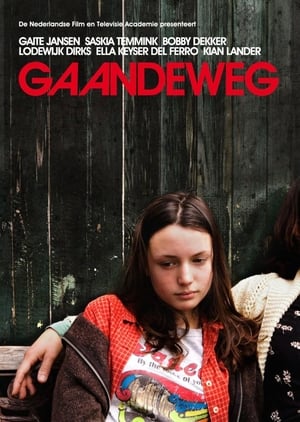 0.0
0.0Gaandeweg(en)
Sophie just finished high school and is going to college. This means she will have to move out of town and say goodbye to her mother, brothers, sisters and her family home. Sophie wants to live on her own and and become independent, but at the same time she longs to be in her mother's arms, to the safety of her home and to prolong the scary and unknown.
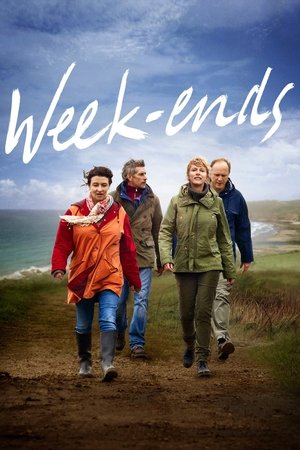 4.1
4.1Week-ends(fr)
It sometimes takes little to spoil a weekend in the country. A simple misunderstanding in a supermarket parking lot, a bad reaction, and there you go, everything is awry. Nothing is going well for Christine. Jean leaves her. Her oldest friends, Sylvette and Ulrich, are no longer such good friends. Everything is falling apart at the seams. But life is always full of surprises.
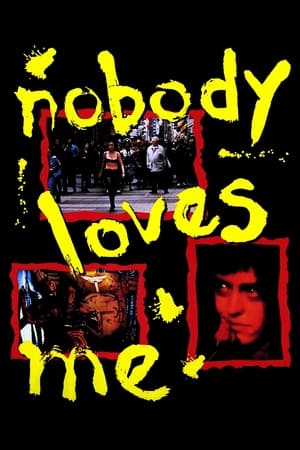 6.3
6.3Nobody Loves Me(de)
On the brink of her 30th birthday, Fanny feels the door to marital happiness closing on her. She is obsessed with death and even visits evening classes on dying, so it seems fitting that she encounters a skeleton in the malfunctioning elevator of her apartment building. The skeleton is her neighbour Orfeo, a Black, gay, self-declared psychic, who convinces her that she is about to meet "him". But is it really Lothar, the new yuppie apartment manager ...?
 0.0
0.0Urlaub vom Leben(de)
Rolf Köster has been working as a cashier in a small bank branch for years. Every day passes like the day before. He has a thirteen-year-old daughter who would rather write in a diary than speak and a six-year-old son who has to wear a bicycle helmet because he is constantly banging his head against walls. His wife organizes the whole family life, and Rolf stays in the background. But he has doubts as to whether he, who has "everything", is really happy. Then Rolf is unexpectedly given a week's vacation. He decides not to tell his family and to leave the house as usual. Rolf Köster begins to lead a double life.
 4.8
4.8Baise-moi(fr)
Nadine and Manu are two mad women, as tidy as can be, almost perfectionists. They have several things in common: extreme sex, drugs, beer and the trigger. They find the solution to their problems with guns and beware to those who dare to get in their way!
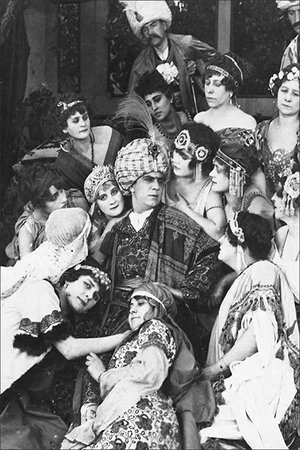 0.0
0.0Caravan of Death(de)
Caravan of Death (German: Die Todeskarawane) is a 1920 silent German film, it was an adaptation of the latter half of the Karl May novel From Baghdad to Stamboul, and is now considered to be lost. The film featured Bela Lugosi playing an Arab Sheik pitted against European travellers in an adventure story set in the Sahara. It was the second of three films released by Ustad based on desert adventure novels by Karl May. Although Karl May’s widow praised the film, critics were unimpressed and it was a commercial failure.
